Veterans Day Salute to Service: The Stories of American Heroes from Every Military Branch
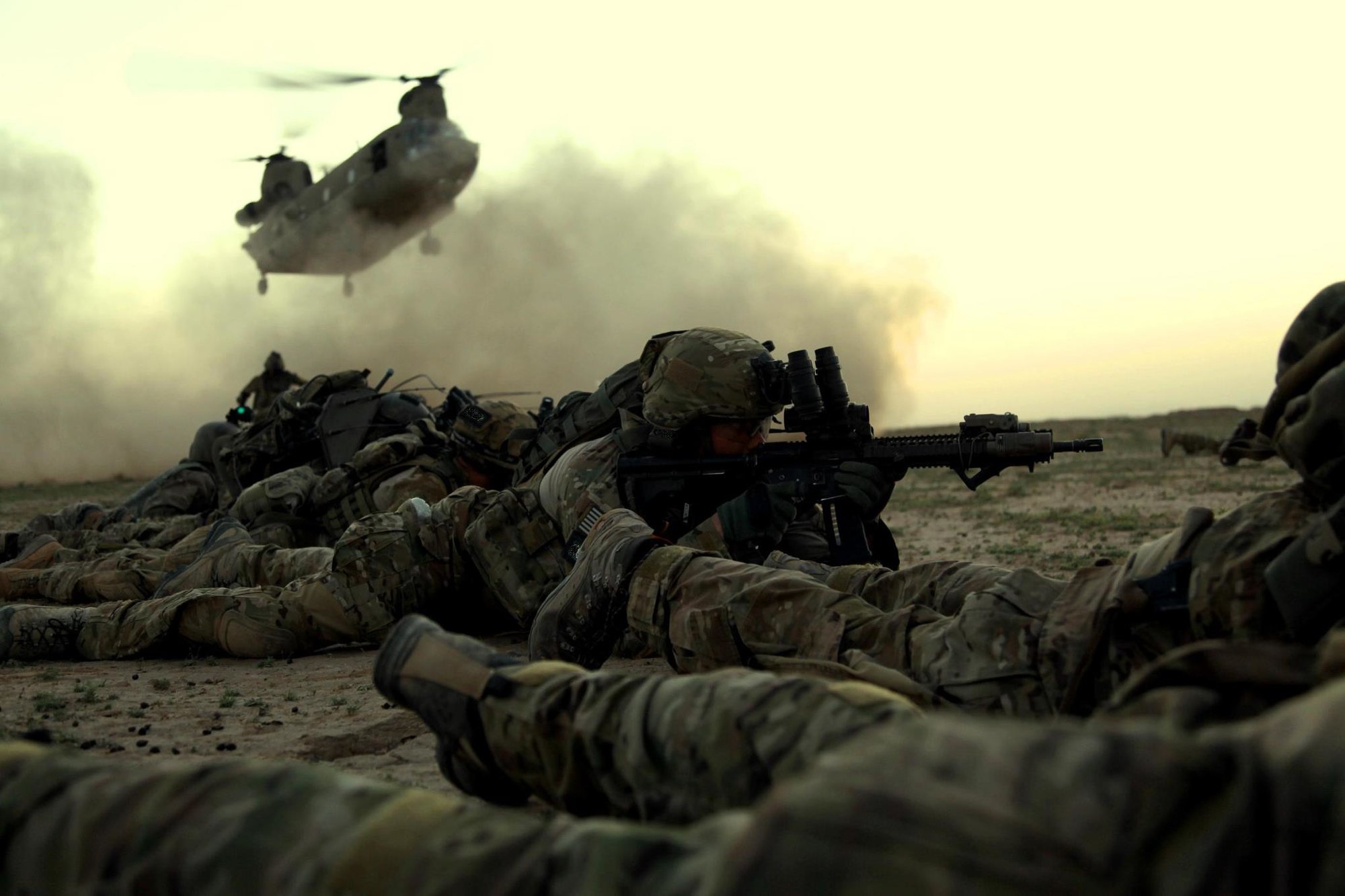
Army Rangers from 1st Battalion, 75th Ranger Regiment, operating in Ghazni Province, Afghanistan, 13 February 2012. Photo courtesy of Wikimedia Commons
On Nov. 11, 1919, the United States commemorated “Armistice Day,” the first anniversary of the end of World War I. Congress passed a resolution in 1926 for annual recognition, and Armistice Day became a national holiday in 1938. President Dwight D. Eisenhower changed the name of Armistice Day to Veterans Day in 1954 — and the day pays tribute to veterans who have served from all wars and during peacetime.
With the exception of the US Space Force — since it was only established on Dec. 20, 2019 — this Veterans Day salute to service highlights five heroes from five military branches of the US armed forces.
Army: Sgt. 1st Class Jorge Otero-Barreto

Sgt. 1st Class Jorge Otero-Barreto was among the most decorated US Army soldiers of the Vietnam War. Through five combat deployments to Vietnam between 1961 and 1970, Otero-Barreto served with the 101st Airborne Division, 82nd Airborne Division, 25th Infantry Division “Tropic Lightning,” and the 173rd Airborne Brigade Combat Team.
Accounts vary as to the precise number of combat missions he participated in; one suggests it was approximately 200 combat missions, and another that it was more than 350 combat and aerial missions.
He became known as “The Puerto Rican Rambo” in reference to the iconic Sylvester Stallone character, as well as for his ferociousness on the battlefield. “To kill a tiger, you have to become a tiger,” he famously said.
For his service on those five tours to Vietnam, he was awarded three Silver Star medals, five Bronze Stars, five Purple Hearts, and several other military commendations.
Navy: Master Chief Rudy Boesch
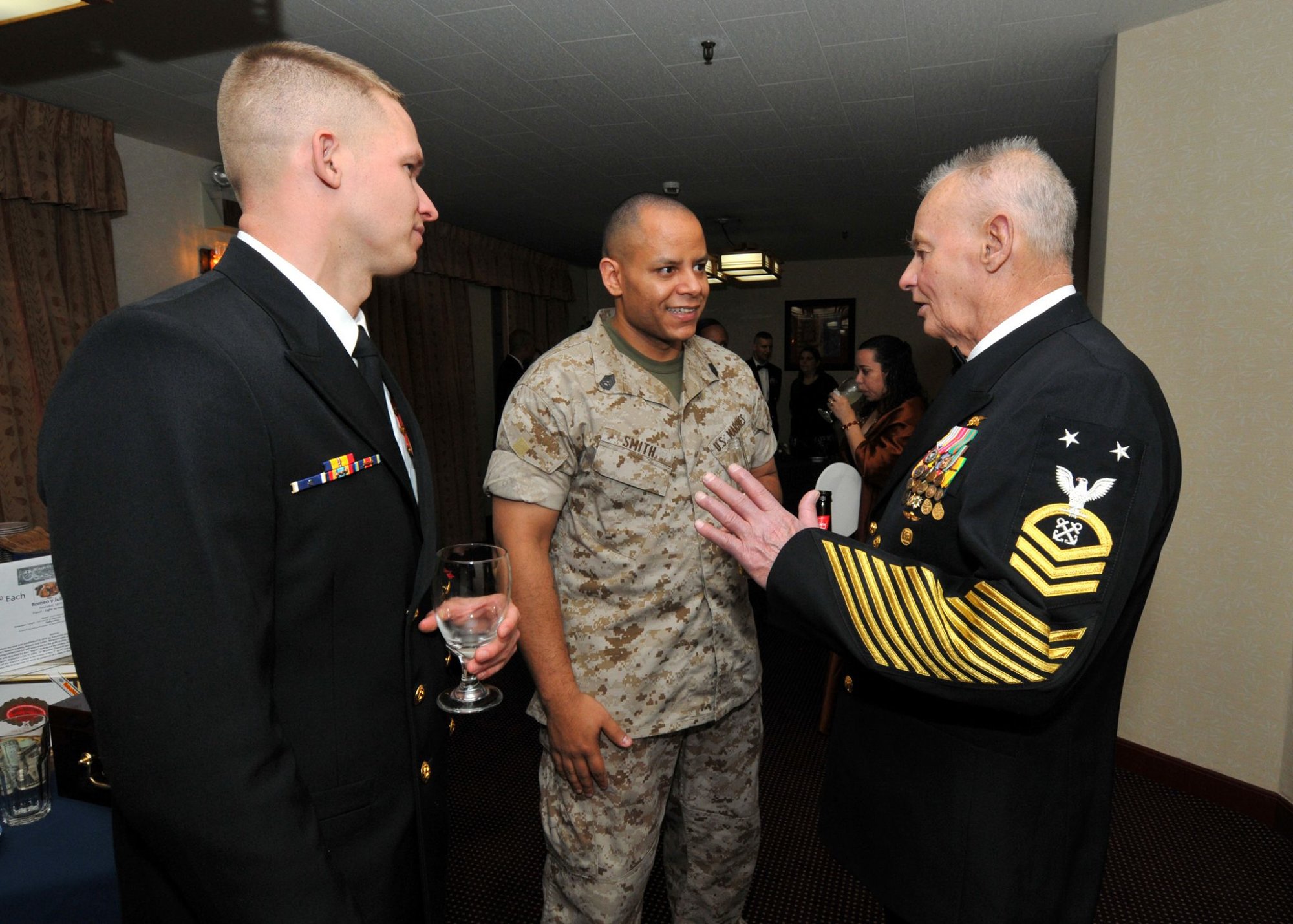
The third-place finisher from the first season of hit CBS reality show Survivor wasn’t a wannabe chasing celebrity fame and status — quite the opposite, in fact. Rudy Boesch served in the US Navy for 45 years, first joining the Merchant Marines in 1944 before he transferred to the Navy in 1945. When he retired from the Navy SEALs as a master chief petty officer in 1990, he was the designated “Bull Frog” — the longest-serving SEAL still on active duty.
“Rudy was not just our senior enlisted leader for 26 years, he was SEAL Team Two,” said retired Vice Adm. Joseph Maguire, a previous SEAL Team 2 commanding officer. “Rudy didn’t just set the standard for all of us. Rudy was the standard.”
Boesch was one of the very first Navy SEALs when the unit was officially established in 1962. He served two tours in Vietnam with SEAL Team 2, receiving a Bronze Star, competed on the US Navy’s bobsled team, and served as a senior enlisted leader at US Special Operations Command. Boesch died in 2019 at age 91.
Air Force: Capt. Eddie Rickenbacker
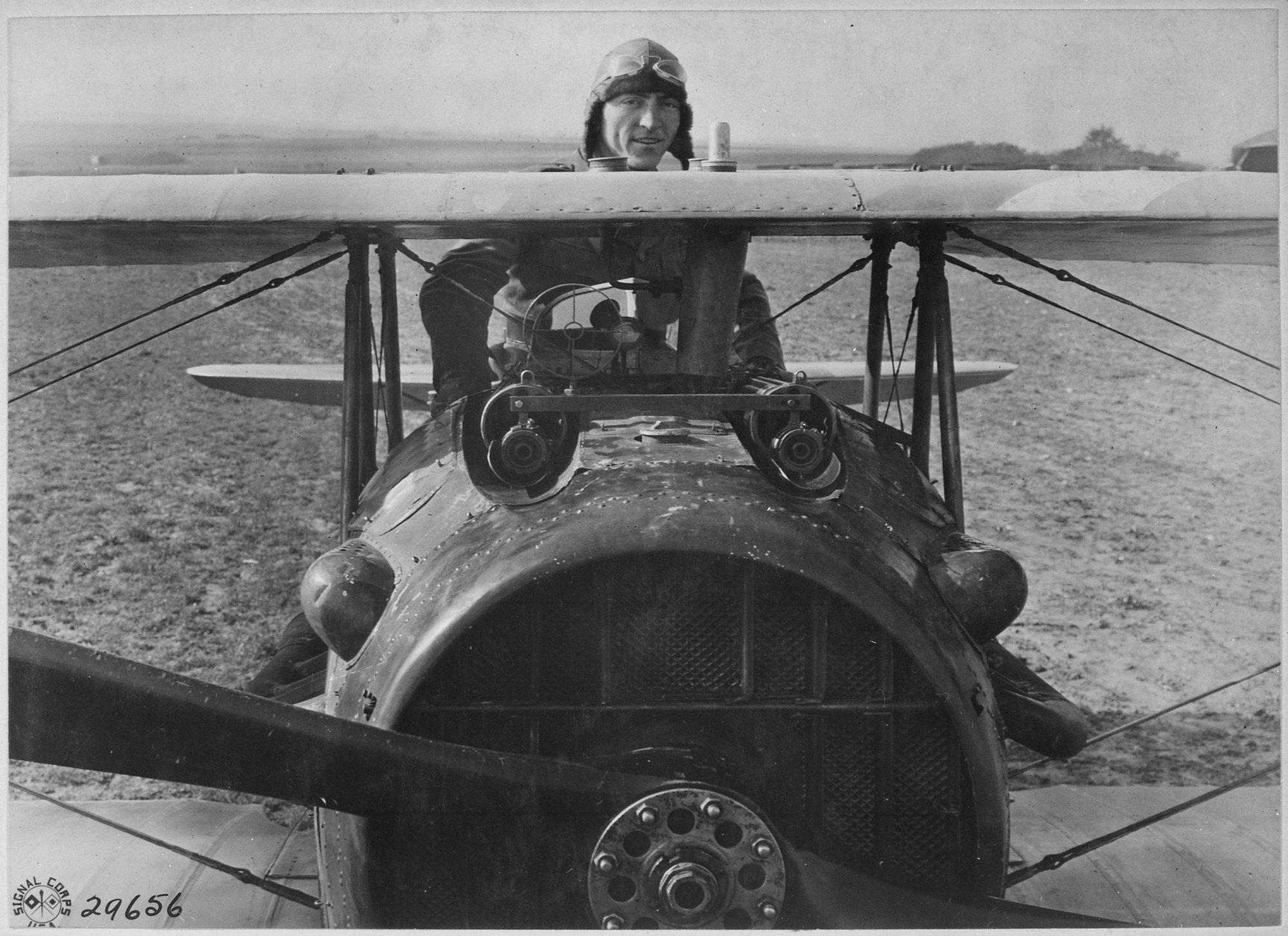
If there was ever anyone throughout history to be tied to the persona of Maverick from the movie Top Gun, it would be Eddie Rickenbacker. Prior to World War I, he was a professional race car driver and even set the world speed record of 134 mph in Daytona in 1914. He gained enough fame for his driving exploits that Gen. John J. Pershing, the commander of US forces in France, offered him a position as his chauffeur. He instead became the driver for other military officers across France.
When the US became involved in World War I, Rickenbacker requested a transfer from driving duties because he was enamored with the prospect of flying. He soon joined the US Army Air Service, the predecessor of the US Air Force. During the war he earned legendary status — given the name “Ace of Aces” thanks to his combat record as the top-scoring ace with 26 aerial victories (22 German planes and four balloons). Rickenbacker eventually assumed the role as commander of the 94th Aero Squadron, famously known for its “Hat in the Ring” insignia.
He was awarded a record eight Distinguished Service Crosses, one of which was upgraded to the Medal of Honor in 1931.
In October 1942, Rickenbacker, his aide, and a crew of six men left Hawaii on a mission to deliver a top-secret oral message from Secretary of War Henry Stimson to Gen. Douglas MacArthur. During flight their navigational equipment malfunctioned, causing their B-17 plane to miss their refueling station. They ran out of fuel and had to ditch the plane over the Pacific Ocean. Rickenbacker and his crew spent more than 20 days lost at sea before being rescued; all but one survived.
Coast Guard: Keeper Ida Lewis
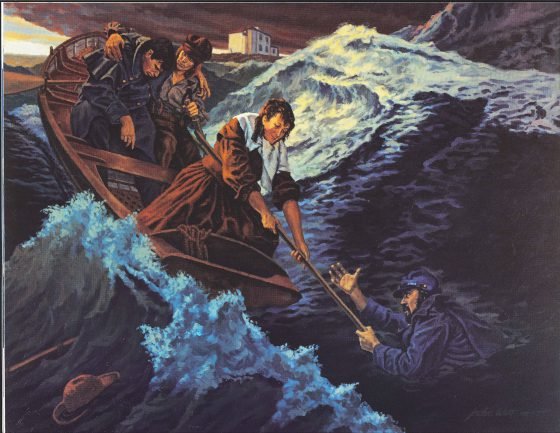
The US Lighthouse Service had a historic run, first established in 1716 before it combined with the US Coast Guard in 1939. The US Lighthouse Service’s most famous keeper was Ida Lewis, a fearless woman who helped save at least 18 people’s lives. Lewis worked as the unofficial keeper of Newport, Rhode Island’s Lime Rock Lighthouse beginning in 1857. The official keeper, her father, was disabled by a stroke that sidelined him from lifesaving duties. Lewis took over his command when she was not serving as his caregiver. In 1879, she was appointed the official lighthouse keeper and remained at the post until her death in 1911.
She was awarded the Grand Cross Medal by the American Cross of Honor Society, which admiringly titled her “The Bravest Woman in America.” Lewis also received the Coast Guard’s Gold Lifesaving Medal for a daring rescue in February 1881. She witnessed two soldiers from the garrison of Fort Adams fall through the ice and immediately went into action to retrieve them. Single-handedly, she pulled one man out of the hole in the ice using a rope, then was aided by her brother who helped bring the second man to safety.
Remarkably, Lewis’ final rescue occurred when she was 63 years old. Her friend lost her balance when she stood in a rowboat and fell overboard. Lewis saw it happen, launched her rowboat, and hauled her aboard. In 1924, the Rhode Island Legislature renamed Lime Rock to the Ida Lewis Rock in her honor.
Marines: Col. John Glenn
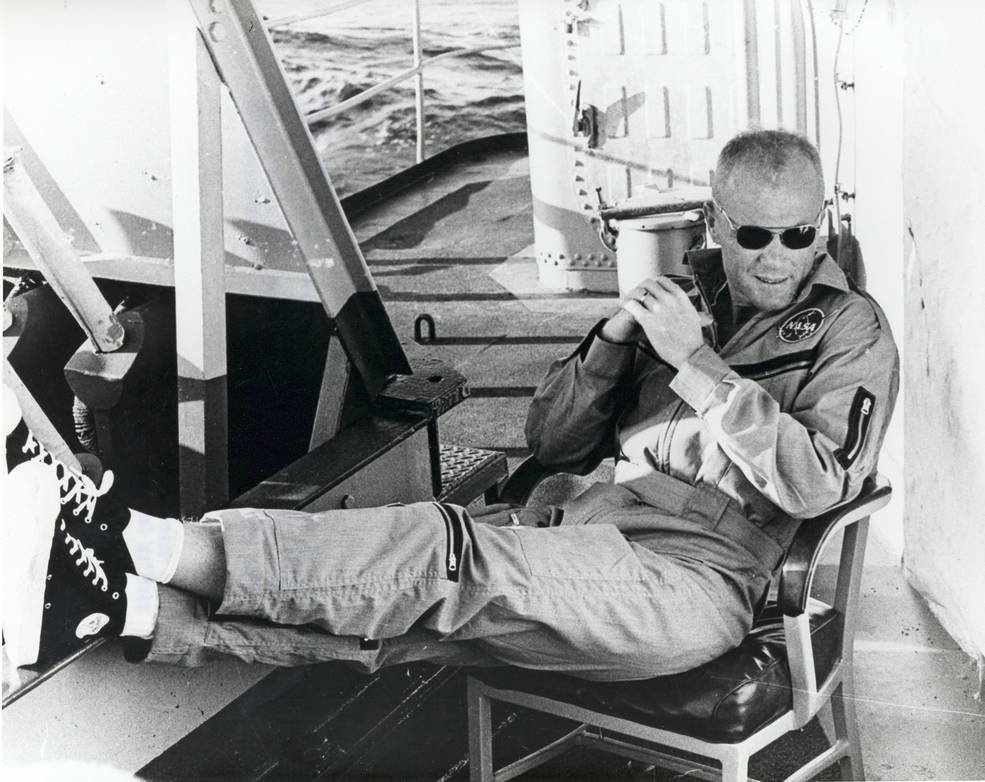
Col. John Glenn will be remembered for many of his accomplishments. He was the first American to orbit Earth as an astronaut for NASA. President Jimmy Carter presented Glenn with the Congressional Space Medal of Honor in 1978, and two decades later, Glenn became the oldest human to explore space when he was 77 years old. After NASA he went into politics and served for four terms as a US senator from Ohio.
But before these two careers, Col. John Glenn was a Marine. He was commissioned in the Marine Corps in 1943 and flew 59 combat missions in World War II. Later in the Korean War, Glenn flew 63 missions in Marine Fighter Squadron 311 and 27 additional combat missions in an exchange pilot program in the F-86 Sabre.
Glenn was credited with three confirmed kills, a feat he earned in the last nine days of the Korean War. He was twice a hero in the eyes of the public, first as a combat aviator and Marine Corps pilot, and second as a NASA astronaut. His many awards include six Distinguished Flying Crosses, the Air Medal with 18 clusters, several campaign medals, and the Presidential Medal of Freedom.

Matt Fratus is a history staff writer for Coffee or Die. He prides himself on uncovering the most fascinating tales of history by sharing them through any means of engaging storytelling. He writes for his micro-blog @LateNightHistory on Instagram, where he shares the story behind the image. He is also the host of the Late Night History podcast. When not writing about history, Matt enjoys volunteering for One More Wave and rooting for Boston sports teams.
BRCC and Bad Moon Print Press team up for an exclusive, limited-edition T-shirt design!
BRCC partners with Team Room Design for an exclusive T-shirt release!
Thirty Seconds Out has partnered with BRCC for an exclusive shirt design invoking the God of Winter.
Lucas O'Hara of Grizzly Forge has teamed up with BRCC for a badass, exclusive Shirt Club T-shirt design featuring his most popular knife and tiomahawk.
Coffee or Die sits down with one of the graphic designers behind Black Rifle Coffee's signature look and vibe.
Biden will award the Medal of Honor to a Vietnam War Army helicopter pilot who risked his life to save a reconnaissance team from almost certain death.
Ever wonder how much Jack Mandaville would f*ck sh*t up if he went back in time? The American Revolution didn't even see him coming.
A nearly 200-year-old West Point time capsule that at first appeared to yield little more than dust contains hidden treasure, the US Military Academy said.












